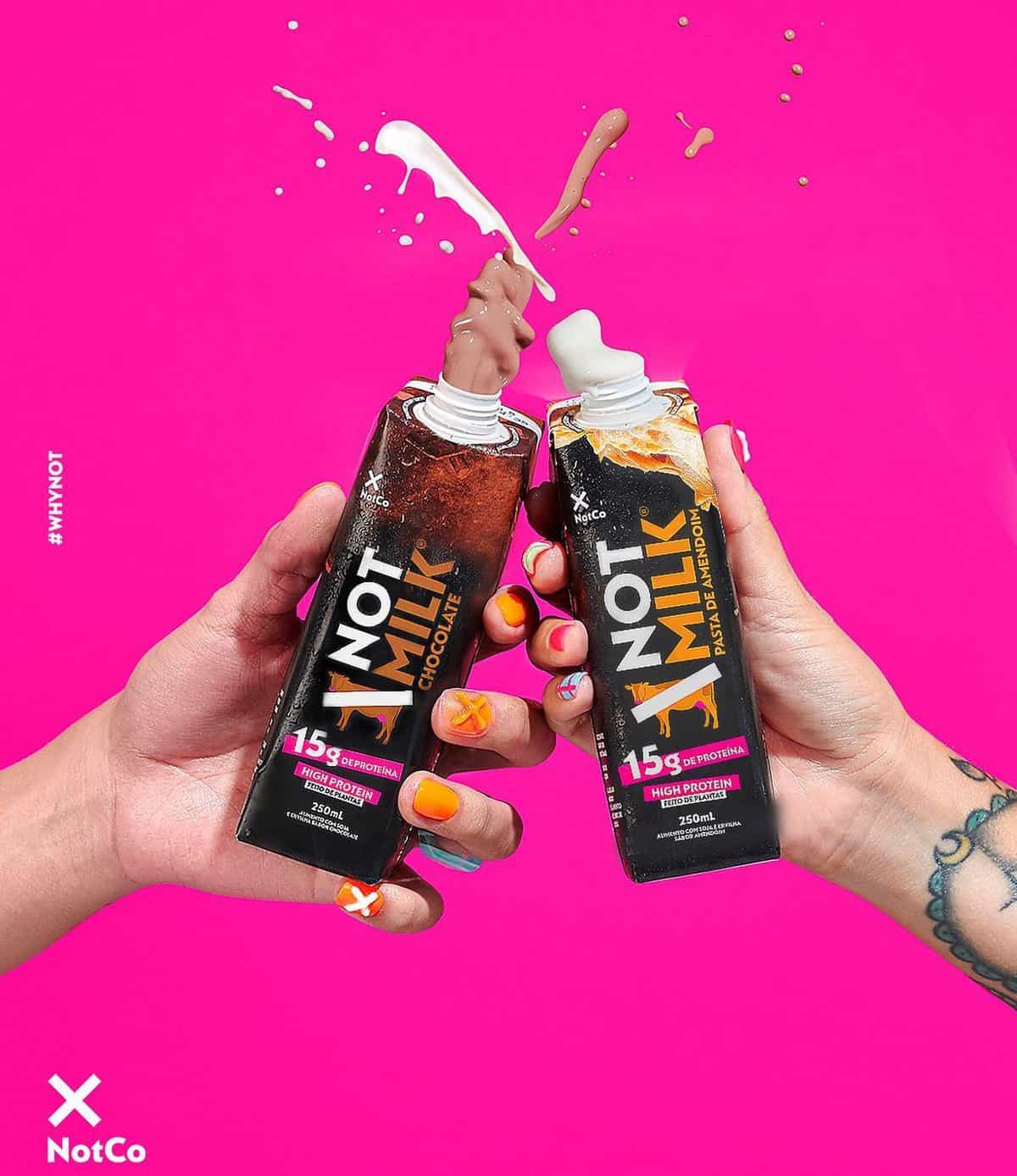Future of Foods Podcast: Mark Warner, CEO of Liberation Labs – vegconomist

Alex Crisp, Host of Future of Foods Interviews, talks to Mark Warner CEO of Liberation Labs about building massive capacity for producing ‘hero’ proteins without using animals. Going forward much of our milk and eggs could come from precision fermentation facilities such as those being constructed by Liberation Labs.
The Indiana-based biomanufacturing firm says that it “works with biotechnology’s visionaries to commercialize the bioproducts of the future – foods, materials, and yet to be discovered breakthroughs that will make all of our lives better.”
Liberation Labs received $10 million from Agronomics this April for its previously announced commercial-scale biomanufacturing facility in the Midwest Industrial Park in Richmond, Indiana. The plant is due to be fully completed by the end of this year, explains Warner, who also describes the types of proteins that can be fermented through the platform.
This is a link to the full interview on YouTube: https://youtu.be/Pj6qeMjj9bs
This is a link to the audio interview: RSS link https://rss.com/podcasts/alexcrisp-futureoffood/1520847/
Below is a short clip from the podcast.
Alex: What’s your personal drive behind this? Is it environmental?
Mark: I would say sustainability. Certainly, I like the animal welfare component, but a lot of my push is on the sustainability. There’s been a lot of money go into the industry. I’m a manufacturing person. As I like to say, modelling something in a spreadsheet about an impact isn’t the same as causing an impact.
The other thing that gets me excited about these and the drive is I sincerely believe most of these products will end up being better than their current animal incumbents. And I think that’s going to help us in a lot of areas. I do think, while we’d like to see a wider adoption, it’s something we’re hoping to do this the old fashioned way – to make better products at a good price and having people wanting to get them.
You know, we often hear the climate push. And again, not that we don’t want to see the climate succeed, but it’s like this. I often hear it referred to as the eat your peas argument. Do this because it’s good for the environment. I think we’d have a better chance if we just make it something they want to eat and at a reasonable price and the sustainability is the benefit that comes along.

Alex: I suppose there’s a risk of negative press if you if you focus too much on environmental issues. It’s kind of hard to balance the press attitude, isn’t it?
Mark: That’s not the reason we do it. It’s more that I just don’t think it’s the economic driver. You’ll keep hearing us come down to economics. You know, we’ve certainly built a team that has a lot more years in the industry and experience. And we’re run more like a traditional industry that’s a hybrid of a startup rather than the other way around. Meaning we understand what it takes to bring products to market – that things like positive cash flow. I’ve heard this in the industry for a while. At some point, if we don’t start repaying investors, they’re going to quit investing money.
There’s been a lot of money going in. And that’s really a lot of our push, to get those products out there, get them a positive margin, both for us and the end client, because in the end that’s what we need.
There’s a lot of talk about government programs and great subsidies – those are all great but in the end, the biggest thing keeping us from really wide adoption is showing business models where the economics work.
I’m convinced there are billions of dollars to be invested. They just want to see a more traditional business model of cash flow and those kind of things.

Alex: How much does it cost so far?
Mark: So this facility we’re building is one hundred and fifteen million US dollars. So they’re certainly expensive, but you know, it’s all comes down to volume. They are so much more efficient and can put out so much more product than these legacy facilities, if you think of using a 40 or 50 year old facility. Granted, you can say OK my capital is a lot less I got this old facility for half or less. But, if you’re using more power, the equipment’s older so you’re using more labor. Maybe your recovery yield is probably not as good. You’re using more sugar.
What we like to tell people is it’s not that we want to spend the capital, but the return on that incremental capital is so positive just because we can manufacture at such higher throughput and efficiency.
It makes sense.
If you’re spending a big amount of capital, it should be because you’re convinced it’s giving you better return.
Alex: So with all that expense up front, how soon do you think it’ll be before you start turning a profit and investors?
Mark: Well once we’re operating we believe it’ll be profitable in the first year. The facility itself, once it’s built, you put the front end capital in, the facility has very, very solid operating margins. And we’re quite confident in the first year we’ll be cash flow positive and profitable.




